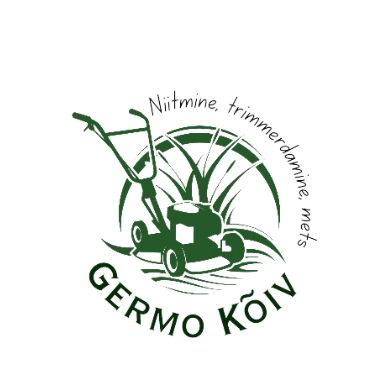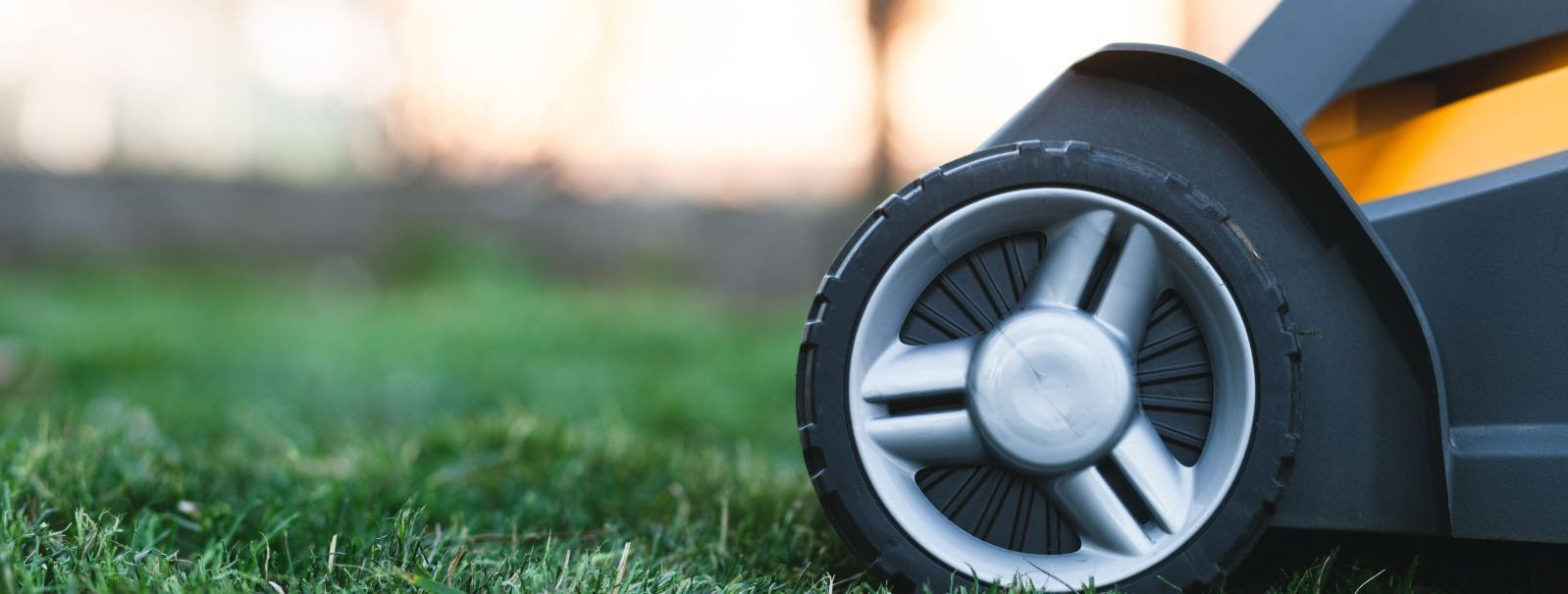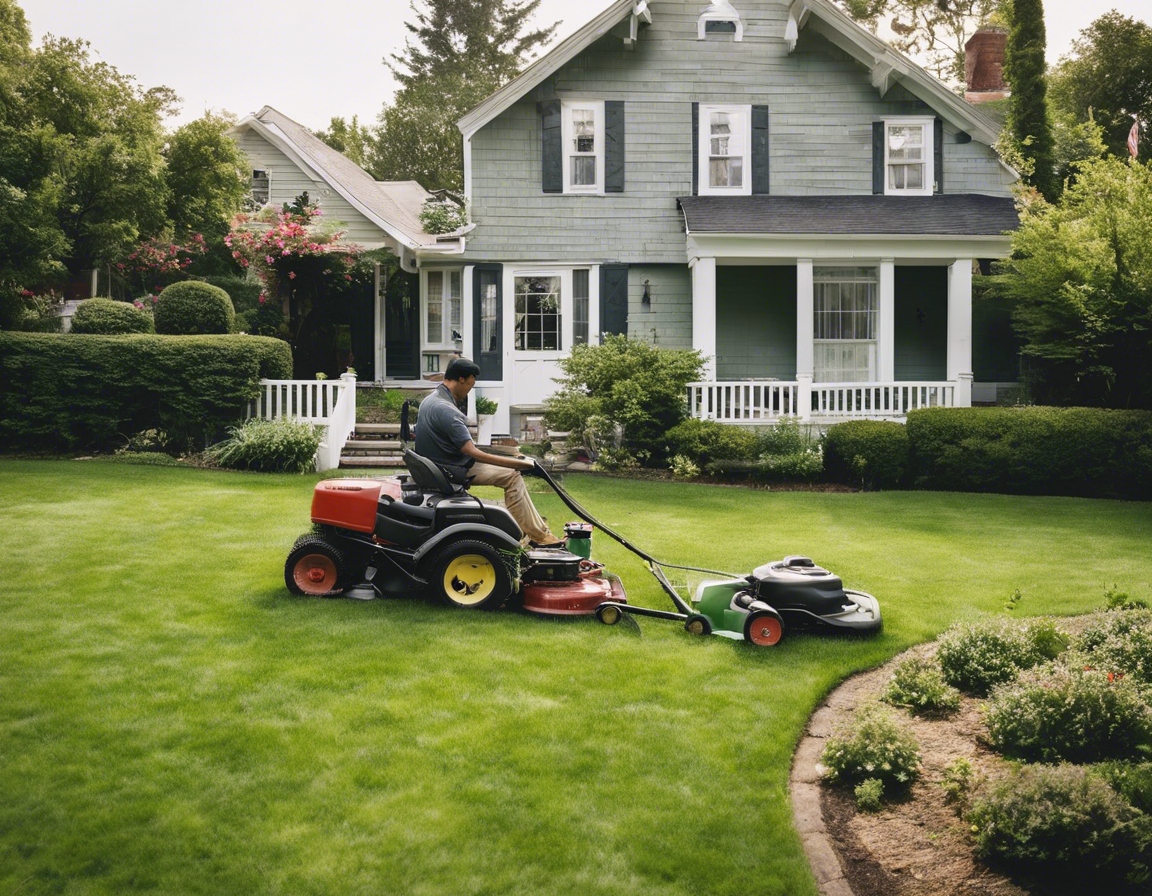The art of lawn mowing: techniques for a perfect yard
Mowing the lawn is more than a chore; it's an art that, when mastered, can transform your yard into a lush, green oasis. A well-maintained lawn not only enhances the beauty of your home but also contributes to the environment and your property's value.
Understanding Your Lawn
Different grass types have unique needs in terms of sunlight, water, and mowing height. Identifying whether you have cool-season grass like fescue or warm-season grass like Bermuda is crucial for proper lawn care.
Before you start mowing, assess the condition of your yard. Look for signs of pests, diseases, and soil compaction that may affect the health of your grass.
Preparation for Mowing
Selecting the appropriate mower for your lawn size and grass type is essential. Options range from manual reel mowers to sophisticated riding mowers.
Adjusting the cutting height of your mower is critical. Cutting grass too short can stress it and lead to weeds, while leaving it too long can promote disease.
Clear your lawn of debris and obstacles before mowing. This ensures a smooth mowing process and prevents damage to your mower.
Mowing Techniques
Simple mowing patterns like the back-and-forth and circular methods are great for beginners. They provide an even cut and can help avoid ruts in the lawn.
For those seeking a professional look, techniques such as striping, checkerboarding, or creating diamond patterns can add visual appeal to your lawn.
When mowing around trees, garden beds, or other obstacles, be cautious and use a trimmer or edger for a clean finish.
Lawn Mowing Safety
Always wear appropriate safety gear, including closed-toe shoes, long pants, and eye protection when mowing.
Follow the manufacturer's instructions for your mower, and never bypass safety features. Be especially careful when mowing on slopes or wet grass to prevent accidents.
Post-Mowing Care
Grass clippings can be left on the lawn to decompose and nourish the soil, or collected for composting. Avoid leaving clumps that can smother the grass.
After mowing, water your lawn deeply but infrequently to encourage strong root growth. Fertilize appropriately to provide necessary nutrients.
Periodic aeration can relieve soil compaction, and overseeding can help maintain a dense, healthy lawn. Both are important post-mowing practices to consider.






Comments (0)